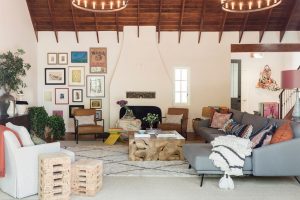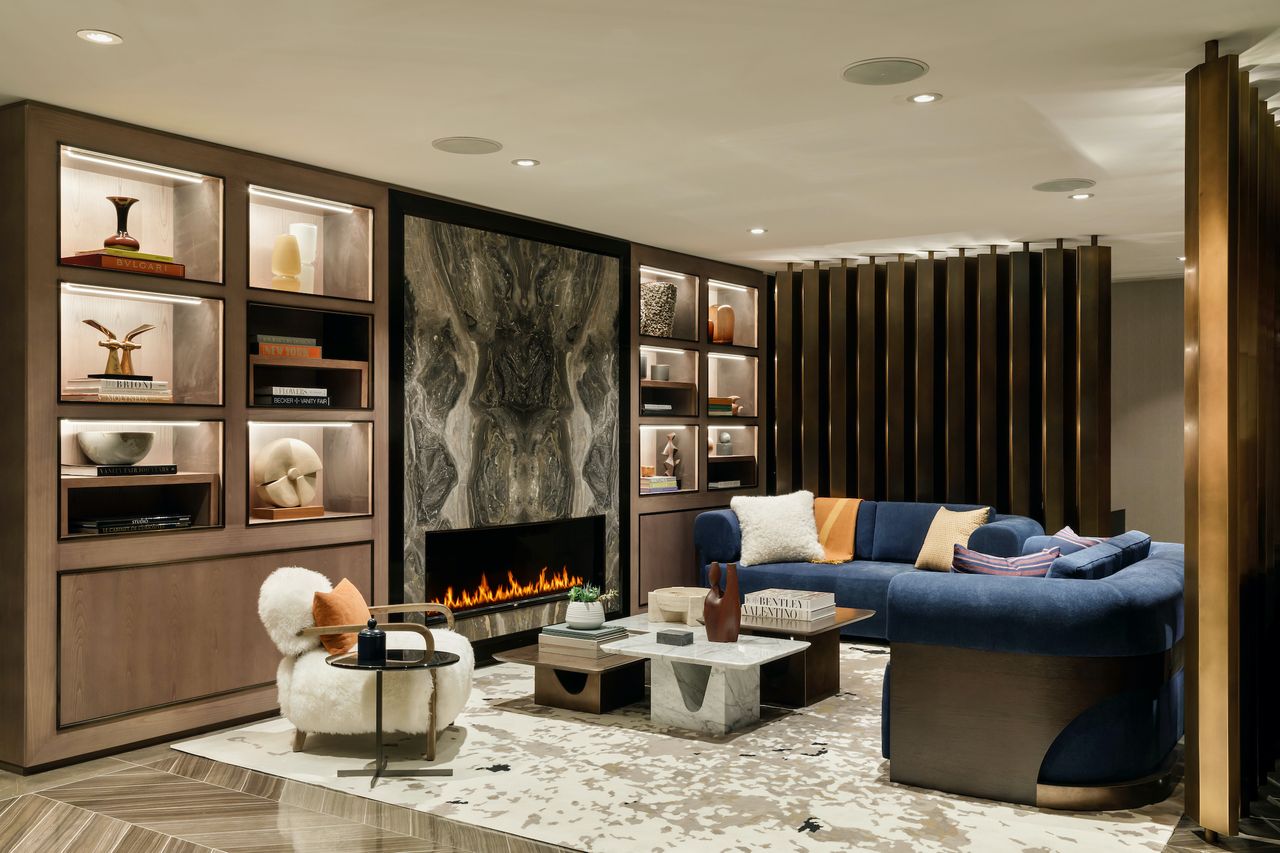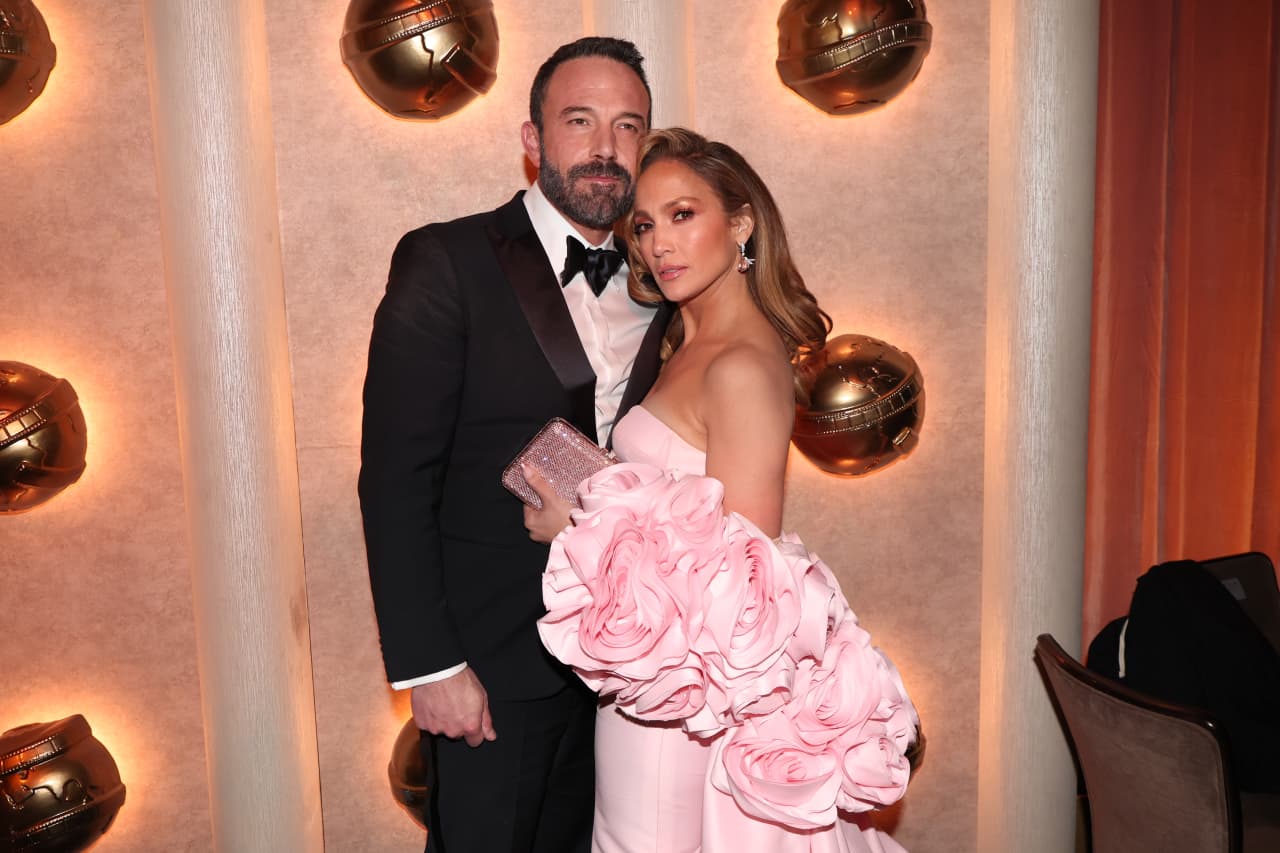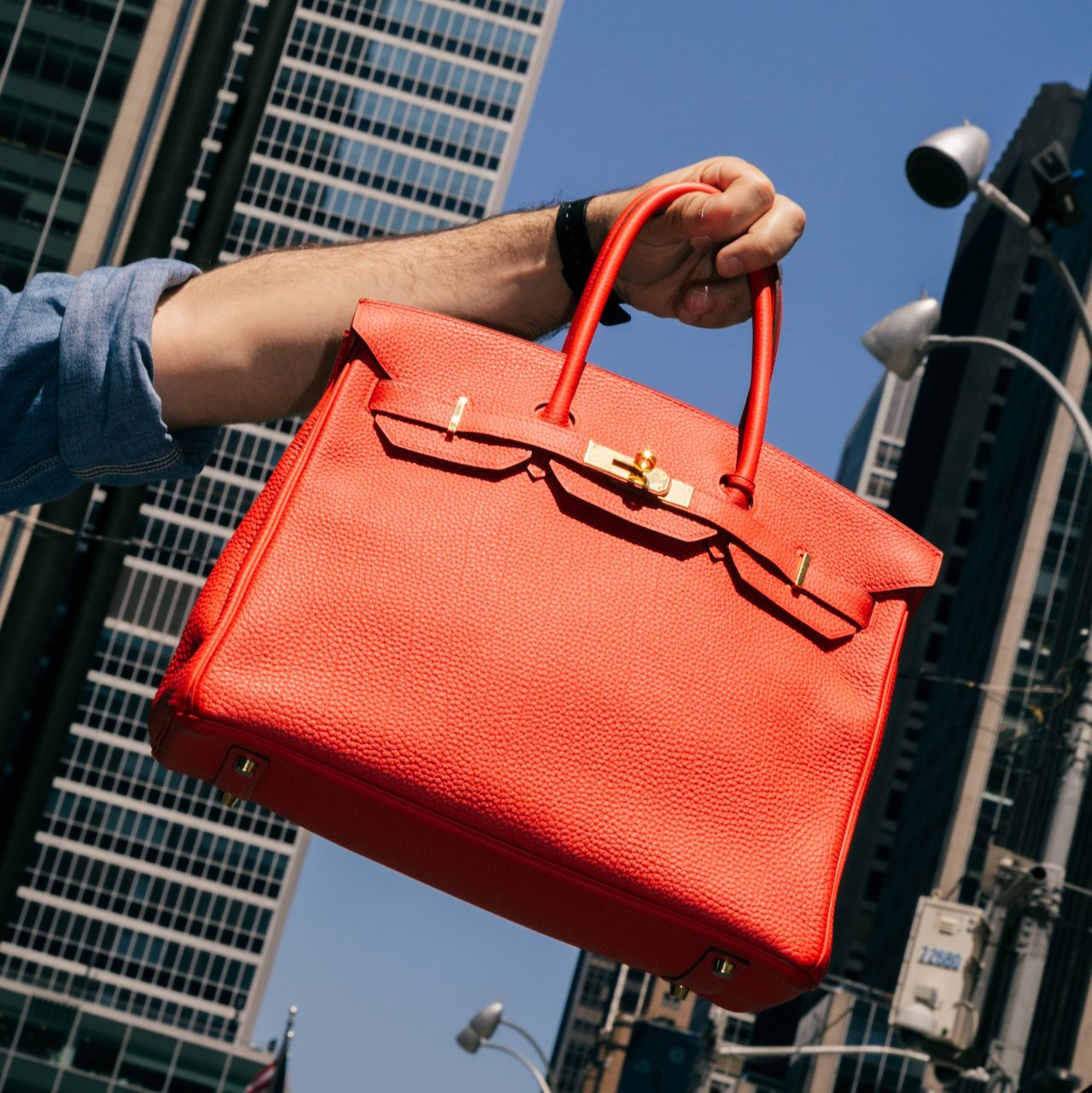Creating An Inviting Living Room Around A Fireplace
Cozy sofas, built-ins and art groupings encourage a warm, welcoming space.
Fireplaces have been adorning houses for centuries. While there’s the practical element of heating a home, a fireplace also sets the tone for a room, kindling atmosphere and interaction between people.
“It is human nature to be attracted to a fireplace—the experience is warm, inspiring and luxurious,” says Elliot March, co-founder of March and White Design in New York.
From a classic wood mantle to a sleek surround, a fireplace is likely the focal point in a room. Mr. March says no matter the style, this architectural element is a natural centrepiece and starting point for a room’s design and decor.
We asked several design pros for their thoughts on creating an inviting living room around a fireplace, and here’s what they suggested.
Anchor the Space with Seating
“We always say that great design is about people, not buildings. Know who will be using the room and how they’ll use it, then design a welcoming experience that connects with them emotionally. If a room features a fireplace, it will be the heart of that connection.
“The process starts with the idea of anchoring a space—or a sequence of spaces—around the fireplace. As Frank Lloyd Wright said, ‘The hearth is the psychological center of the home.’ Not only will the fireplace serve as a focal point, but it will also create a foundation for a seating grouping—and as a result, the way people will engage with the room.”
— Elliot March of March and White Design in New York

Strike a Balance with Built-ins and Shelves
“A fireplace wall is a strong way to make a visual impact in a room while keeping the space functional. My first rule of thumb is to always blend function with form. Scale matters; if you have high ceilings, play into them. If you have a particularly large wall to play with, then use it all. I always think about the mantel itself when designing, but the accessorizing of it happens after the bones of the room are complete.
“I love using natural stone for fireplaces; it is a great way to bring some dimension into a room. You want something with character and texture that will either completely stand out as a design statement of its own or blend into the room naturally.
“Furniture placement is critical. Depending on how large your space is, you’ll want two couches or a very large sectional. It really depends on the flow of the room, but ultimately your goal is to create a gathering area in front of the fireplace where people can enjoy the warmth and coziness it provides.
“Built-ins are a great opportunity to style and showcase gorgeous objects and add polish to a space, but many clients also want built-ins for extra storage, so I find that a mix of open shelving with closed cabinets and drawers strikes this perfect balance. Open shelving is also very functional and can work well in a variety of settings. Keep it personal: artwork, books, or collectibles picked up from your travels are good storytelling pieces.”
— Amy Leferink, Owner and Principal Designer at Interior Impressions in Woodbury, Minnesota

Try Asymmetry When Accessorising
“It is important to be sure that the fireplace surround respects the integrity of the architecture, so when designing a fireplace in a new construction home, we ensure that it ‘fits’ with the rest of the home. When working with an existing fireplace, much can be done to update the surround to ensure that the end look is cohesive.
“I like the appearance of a fireplace wall that isn’t wholly symmetrical. Whether that’s utilizing and playing up built-ins on one side of the fireplace or how the mantel is decorated, I like the visual heft of difference. A lacquered bookcase built-in next to a fireplace is a stand-out on its own, in the same way that a blank wall next to a fireplace is a wonderful space for groupings of smaller artwork.
“I find mantels more interesting with fewer accessories—and what accessories are there, I prefer to be asymmetrical. Often the artwork utilized above the mantel will dictate the smaller accessories: a small piece of art paired with a larger decorative accessory, or a large piece of art with a set of smaller accessories.”
— Interior Designer Meg Lonergan in Houston
Reprinted by permission of Mansion Global. Copyright 2021 Dow Jones & Company. Inc. All Rights Reserved Worldwide. Original date of publication: November 3, 2021.
 Copyright 2020, Dow Jones & Company, Inc. All Rights Reserved Worldwide. LEARN MORE
Copyright 2020, Dow Jones & Company, Inc. All Rights Reserved Worldwide. LEARN MORE
This stylish family home combines a classic palette and finishes with a flexible floorplan
Just 55 minutes from Sydney, make this your creative getaway located in the majestic Hawkesbury region.
As Paris makes its final preparations for the Olympic games, its residents are busy with their own—packing their suitcases, confirming their reservations, and getting out of town.
Worried about the hordes of crowds and overall chaos the Olympics could bring, Parisians are fleeing the city in droves and inundating resort cities around the country. Hotels and holiday rentals in some of France’s most popular vacation destinations—from the French Riviera in the south to the beaches of Normandy in the north—say they are expecting massive crowds this year in advance of the Olympics. The games will run from July 26-Aug. 1.
“It’s already a major holiday season for us, and beyond that, we have the Olympics,” says Stéphane Personeni, general manager of the Lily of the Valley hotel in Saint Tropez. “People began booking early this year.”
Personeni’s hotel typically has no issues filling its rooms each summer—by May of each year, the luxury hotel typically finds itself completely booked out for the months of July and August. But this year, the 53-room hotel began filling up for summer reservations in February.
“We told our regular guests that everything—hotels, apartments, villas—are going to be hard to find this summer,” Personeni says. His neighbours around Saint Tropez say they’re similarly booked up.
As of March, the online marketplace Gens de Confiance (“Trusted People”), saw a 50% increase in reservations from Parisians seeking vacation rentals outside the capital during the Olympics.
Already, August is a popular vacation time for the French. With a minimum of five weeks of vacation mandated by law, many decide to take the entire month off, renting out villas in beachside destinations for longer periods.
But beyond the typical August travel, the Olympics are having a real impact, says Bertille Marchal, a spokesperson for Gens de Confiance.
“We’ve seen nearly three times more reservations for the dates of the Olympics than the following two weeks,” Marchal says. “The increase is definitely linked to the Olympic Games.”

Getty Images
According to the site, the most sought-out vacation destinations are Morbihan and Loire-Atlantique, a seaside region in the northwest; le Var, a coastal area within the southeast of France along the Côte d’Azur; and the island of Corsica in the Mediterranean.
Meanwhile, the Olympics haven’t necessarily been a boon to foreign tourism in the country. Many tourists who might have otherwise come to France are avoiding it this year in favour of other European capitals. In Paris, demand for stays at high-end hotels has collapsed, with bookings down 50% in July compared to last year, according to UMIH Prestige, which represents hotels charging at least €800 ($865) a night for rooms.
Earlier this year, high-end restaurants and concierges said the Olympics might even be an opportunity to score a hard-get-seat at the city’s fine dining.
In the Occitanie region in southwest France, the overall number of reservations this summer hasn’t changed much from last year, says Vincent Gare, president of the regional tourism committee there.
“But looking further at the numbers, we do see an increase in the clientele coming from the Paris region,” Gare told Le Figaro, noting that the increase in reservations has fallen directly on the dates of the Olympic games.
Michel Barré, a retiree living in Paris’s Le Marais neighbourhood, is one of those opting for the beach rather than the opening ceremony. In January, he booked a stay in Normandy for two weeks.
“Even though it’s a major European capital, Paris is still a small city—it’s a massive effort to host all of these events,” Barré says. “The Olympics are going to be a mess.”
More than anything, he just wants some calm after an event-filled summer in Paris, which just before the Olympics experienced the drama of a snap election called by Macron.
“It’s been a hectic summer here,” he says.

AFP via Getty Images
Parisians—Barré included—feel that the city, by over-catering to its tourists, is driving out many residents.
Parts of the Seine—usually one of the most popular summertime hangout spots —have been closed off for weeks as the city installs bleachers and Olympics signage. In certain neighbourhoods, residents will need to scan a QR code with police to access their own apartments. And from the Olympics to Sept. 8, Paris is nearly doubling the price of transit tickets from €2.15 to €4 per ride.
The city’s clear willingness to capitalise on its tourists has motivated some residents to do the same. In March, the number of active Airbnb listings in Paris reached an all-time high as hosts rushed to list their apartments. Listings grew 40% from the same time last year, according to the company.
With their regular clients taking off, Parisian restaurants and merchants are complaining that business is down.
“Are there any Parisians left in Paris?” Alaine Fontaine, president of the restaurant industry association, told the radio station Franceinfo on Sunday. “For the last three weeks, there haven’t been any here.”
Still, for all the talk of those leaving, there are plenty who have decided to stick around.
Jay Swanson, an American expat and YouTuber, can’t imagine leaving during the Olympics—he secured his tickets to see ping pong and volleyball last year. He’s also less concerned about the crowds and road closures than others, having just put together a series of videos explaining how to navigate Paris during the games.
“It’s been 100 years since the Games came to Paris; when else will we get a chance to host the world like this?” Swanson says. “So many Parisians are leaving and tourism is down, so not only will it be quiet but the only people left will be here for a party.”
This stylish family home combines a classic palette and finishes with a flexible floorplan
Just 55 minutes from Sydney, make this your creative getaway located in the majestic Hawkesbury region.






















